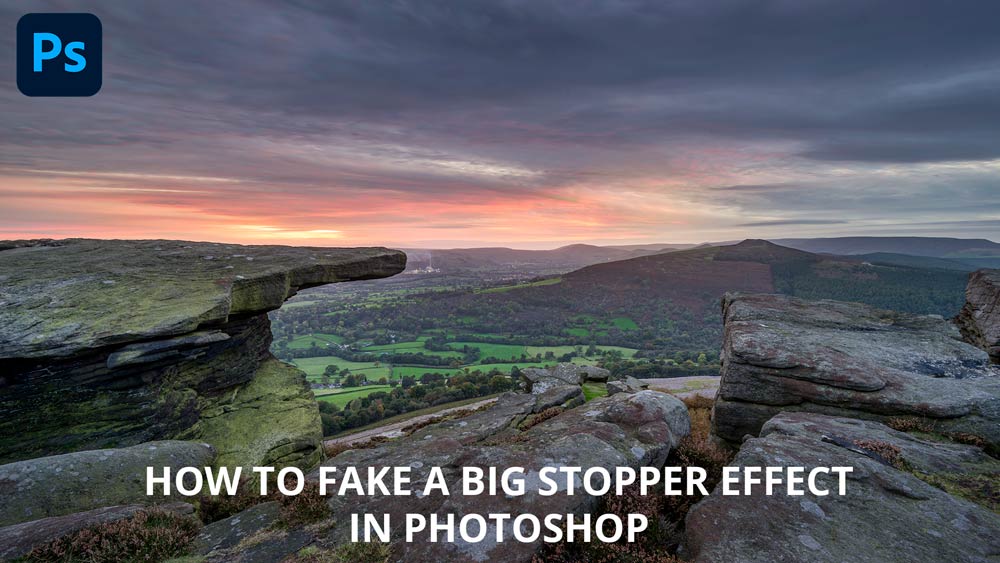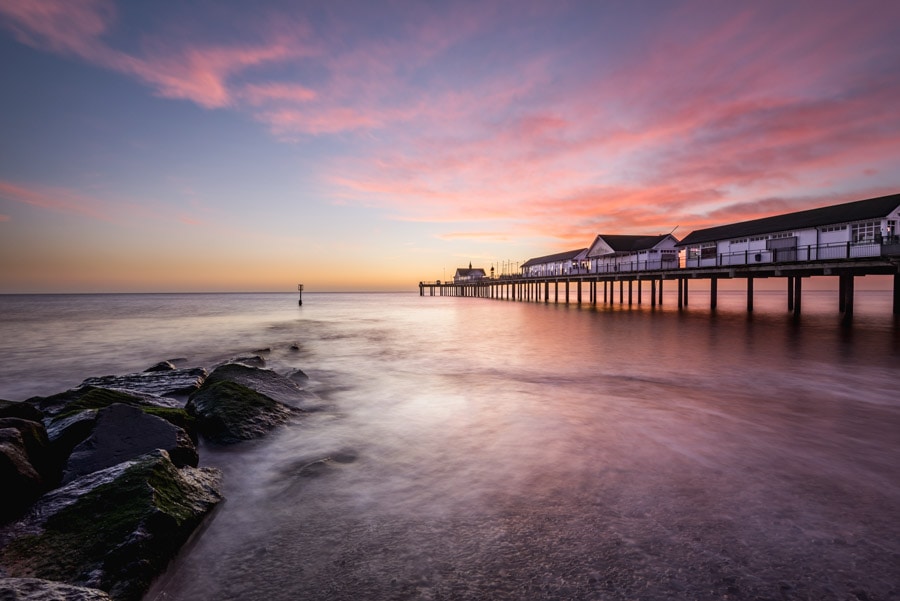Capturing motion in the scene when shooting landscapes is the perfect way to add a sense of dynamism to your photography. For those occasions where you don’t have an ND filter with you, learn how to create a fake Big Stopper effect in Photoshop using this simple technique.
landscape
Amateur Photographer cover 2 Jan 2021
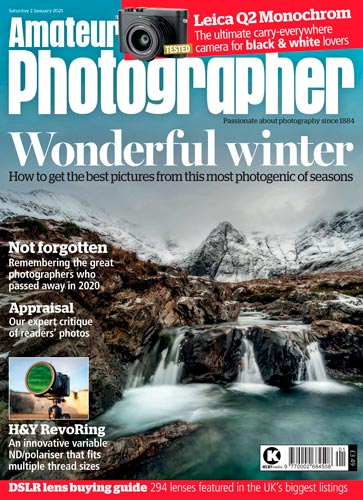
One of my images of the iconic Fairy Pools on the Isle of Skye in Scotland was used on the cover of the 2nd January 2021 issue of Amateur Photographer magazine. The cover image accompanies an winter landscape photography article I produced, which included tips for shooting in winter and inclement weather where filters can’t be used. See below for the original image and the winter landscapes feature.
Holme Fen Nature Reserve Location Guide

Holme Fen National Nature Reserve covers a large area of 657 acres near Peterborough in Cambridgeshire, and is home to the largest silver birch wood in the UK. At 2.75 metres below sea level it’s the lowest point in Great Britain, and it’s also a Site of Special Scientific Interest thanks to being home to wildlife, insects marsh plants and over 500 types of fungi. For photographers, it’s the best woodland location in Cambridgeshire and attracts landscape photographers from all over the UK.
Amateur Photographer magazine cover 27 June 2020
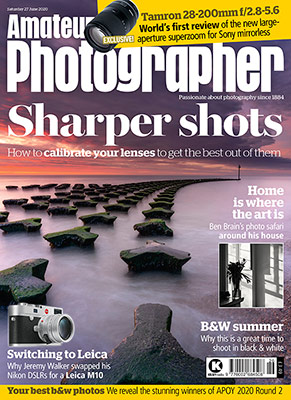
I was delighted to discover that one of my images of sunrise at Cobbolds Point in Felixstowe was going to be used on the cover of the 27 June 2020 issue of Amateur Photographer magazine. The image was supplied as an option to illustrate the practical article I wrote for the issue covering the importance of lens calibration for obtaining perfect focus and maximum sharpness. Take a look below for examples of the cover and article.
Enhance detail and atmosphere with the Orton effect
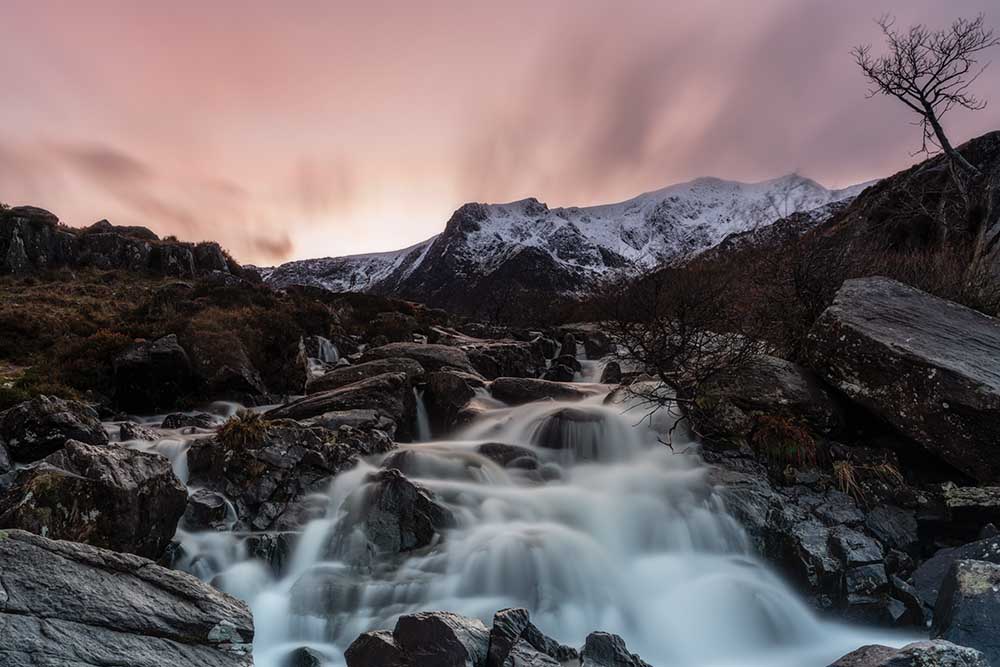
Discover an advanced method of applying the Orton effect that keeps file sizes small and image quality at its best. I developed this refined technique myself in response to upgrading to a higher resolution camera, which meant the original technique created huge file sizes when saving layered images as TIFFs. And also, to deal with the problem of crushed shadows. This version solves both of these issues for the best results possible, and the tutorial works for Both Photoshop and Affinity Photo.
PhotoPlus magazine cover December 2019

It’s always a pleasure to see one of your images gracing the cover of a magazine, and I’m delighted to say that my winter sunrise shot of Southwold Pier was used on the cover of the December 2019 issue of PhotoPlus magazine. The full image is actually landscape format, and can be seen in full below, but it works well in the portrait crop used for the cover.
Discover Cymru Calendar 2020
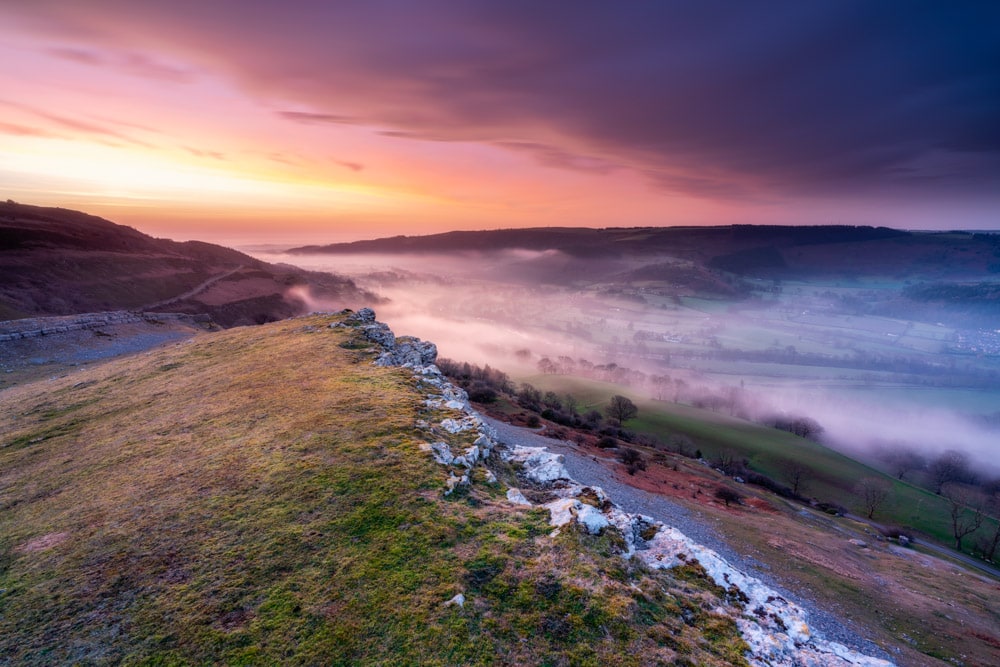
I’m delighted to announce that my image of mist rolling into Dee Valley, near Llangollen in North Wales at sunrise has been selected to be featured in the Discover Cymru Calendar 2020. This image was taken during my second visit to the location where weather conditions were looking promising for mist, and they certainly didn’t disappoint.
Peak District dawn to dusk landscape photography workshop 24th Jan 2020

Improve your landscape photography skills with a small group workshop in the Peak District with professional landscape photographer James Abbott on Friday 24th January 2020. The workshop will be limited to just five people so everyone can take advantage of lots of one-to-one and group tuition throughout the day. The workshop costs just £150 per person.
Shoot sharper landscape images
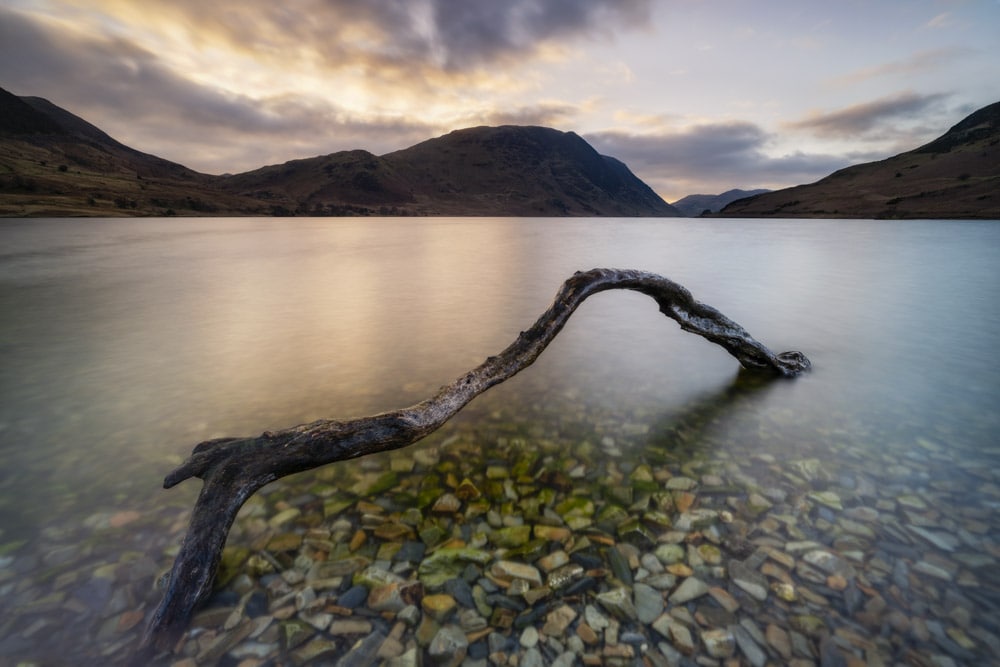
Capturing pin-sharpness throughout a scene – from the foreground to the distant background – is often the photographer’s aim when shooting landscapes. For wider scenes where the foreground interested is a few metres away from the camera you can usually get away with shooting a single image at f/11 – f/16 on a full-frame camera, or f/8 – f/11 on APS-C. With these settings and correct focusing front to back sharpness is possible in a single shot, but what about when the foreground interest is closer to the camera and you need both this and the background in sharp focus? The simple answer is to use focus stacking to achieve sharper landscape images.
Reverse ND grads explained
You’ve probably heard this before and chances are, you’ll hear it many times in the future; one of the best times of day to shoot landscapes is the period of time just after sunrise and just before sunset. These times are known as ‘golden hour’ and despite the name, this period of time isn’t actually an hour in duration. At this time of the day the sun is close to the horizon, which means the area of sky close to the horizon is brighter than the sky at the top of the frame.
